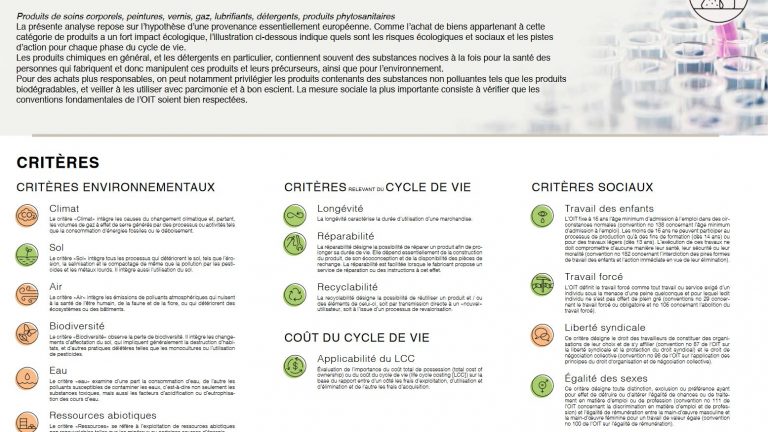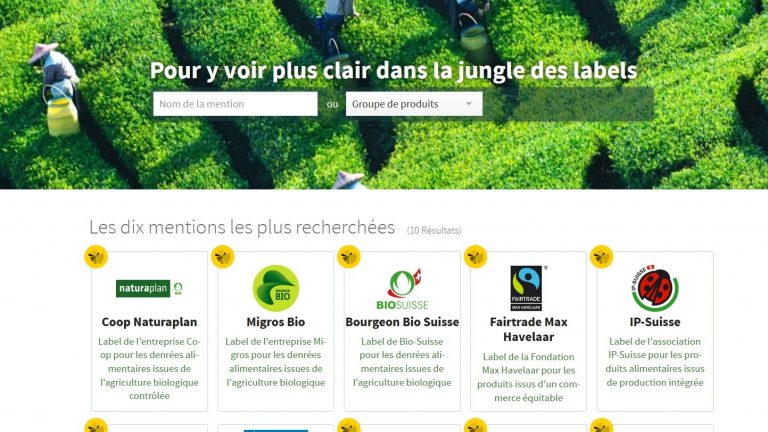 Products concerned
Products concerned
Consumables (including single-use plastics, chemicals, and organic products) are a major source of environmental impacts in labs, particularly during their production and disposal phases.
 Best practices
Best practices
- Design your experiment by thinking with your colleagues how to generate as little waste as possible and promote the reuse or recycling of materials
- Borrow products from other labs when you only need a small quantity. Before ordering a new chemical, you can check its availability in other labs using Catalyse (chemicals are traced and inventoried) and contact its owner
- Centralize purchase requests in order to minimize transport and packaging needs
- Remember to check ACT’s environmental impact factor. It can serve as a starting point to compare the environmental impact of similar products
- Follow the recommended dosage and limit the use of products to what is strictly necessary
- Deal with special waste in the appropriate manner in order to minimize its environmental impacts
- Sort your uncontaminated recyclable waste properly (aluminum, paper, glass, …) and take it to the local waste disposal center
- Return any residue of a product to the supplier or hand it to a waste disposal facility
- Keep an inventory of chemicals and organic products (for example using the SLIMS system), and use appropriate labelling in order to avoid the expiration of products and unnecessary purchases
- Follow EPFL’s guidelines regarding special waste
- Use the Green Labs Handbook developed by SV Sustainability
 Environmental impacts
Environmental impacts
Raw materials
- Potential loss of biodiversity, as well as loss of habitats and harmful consequences for plants, animals, and people
- Pollution of waters and soils
- Consumption of finite resources
Manufacturing
- Use of chemicals that have a significant environmental impact
Use
- Depletion of resources, particularly due to a short lifespan, overconsumption, as well as too wide a product range
Transport
- Manufacturing usually takes place abroad. Transport, not only to the place of consumption but also between the different stages of the supply chain, generates greenhouse gas emissions that contribute to human-induced climate change
Disposal
- Improper disposal of products represents an enormous impact on the environment. In addition, if waste is not recycled, precious resources can be lost, jeopardizing recovery
- If residues of toxic substances present in the products end up in the environment, they can pollute soils and waters
 Social impacts
Social impacts
Extraction of raw materials and manufacturing
- Serious violations of human rights (child labor, modern slavery, rights of indigenous people, etc.)
- Violations of human rights (freedom of association, freedom of expression, etc.)
- Health and safety at work
 Health impacts
Health impacts
- Harmful emissions, for example those of volatile organic solvents such as xylene and toluene, carcinogenic preservatives, or allergenic azo dyes can contribute to air pollution at the workplace


